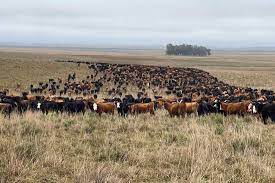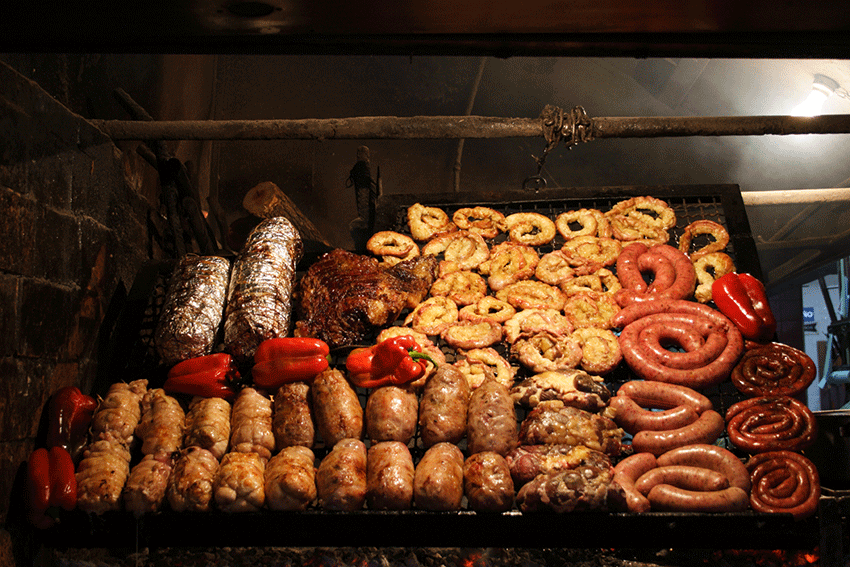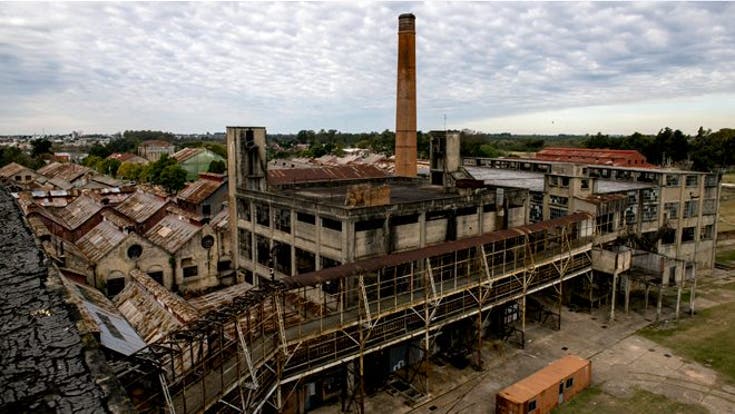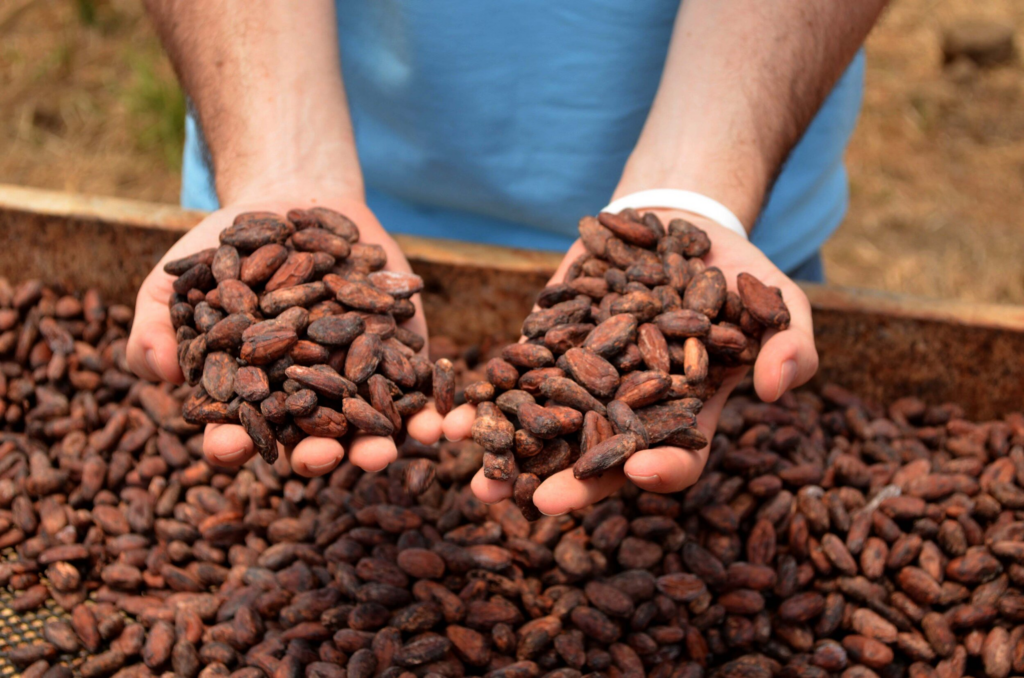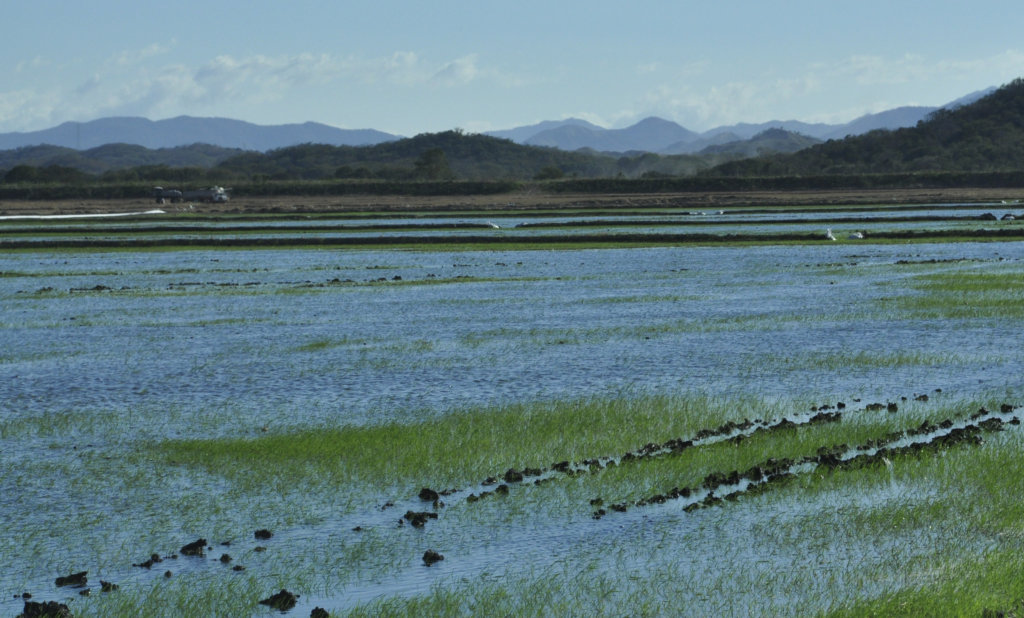
Abbott Laboratories is a multinational healthcare company based out of Chicago, Illinois. It was founded 130 years ago and specializes in the development and production of medical devices, though Abbott also develops pharmaceutical drugs, diagnostics, and nutritional products. Abbott is best known for its cardiovascular and neuromodulation devices, such as pacemakers, ablation catheters, implantable cardiac monitors, and pulse systems that aid with symptoms of Parkinson’s and CRPS. They employ 113,000 people in 160 countries, and have 31 manufacturing sites and 12 development centers globally.
In Costa Rica, Abbott has three sites concentrated around the capital, San Jose. Abbott has had corporate offices and distribution reach in Costa Rica for about 80 years, selling diagnostic products, supplements, and medical devices within the country. In December of 2010, Abbott made the move to build a vascular device manufacturing plant in El Coyol, Alajuela, where over 1,000 employees work building catheters. Another one was built in 2014 in a neighboring area producing heart catheters and valves. These sites are within the Coyol Free Zone, one of many economic free zones that give significant tax benefits to companies that make at least $150,000 USD investments in fixed assets in the plant. Medical device manufacturing plants specifically are exempt from income taxes for the first eight years, with the potential to receive a 50% reduction afterwards. This has led to a significant boom in the medical device manufacturing sector within Costa Rica, supplying many jobs to the locals while also incorporating the country into the global market. Companies such as Abbott also benefit from the highly educated population there, and the ease with which products and supplies can be shipped to and from the country.

Economically, it is uncontested that Abbott, along with every other medical company establishing manufacturing plants in the country, is contributing to a major increase of economic growth. In 2017, medical devices overtook agriculture in exports, comprising 27% of all export trade and contributing about $3 billion to the national economy. In terms of how society perceives its presence, there wasn’t a ton of information. Reviews of the company sites tended to state high satisfaction with their employment, though the repetitive messages seemed to indicate outside influence. It is also noted that Abbott is a major employer in Costa Rica, and aids its domestic employees in development of their skills and knowledge. Environmentally, no manufacturing plant is going to be perfect. As with any factory, there are likely hazardous outputs, and the nature of medical device production leads to a lot of waste to ensure sterility. However, Abbott has taken steps to protect the environment, and has managed to convert 100% of the waste into compost. Additionally, by 2015, they had reduced water consumption by 35%.
I absolutely think that this is an example of neoliberalism. Costa Rica specifically made these tax exemptions for a specific market, intending to introduce a profitable industry into specific zones of the country. This allowed them to have another source of exports other than agriculture, and to bring a significant boost to their economy by becoming more involved in the global market. The education level of the Ticos, the geographic benefits, and the tax cuts make Costa Rica an extremely desirable place to establish the industry. Meanwhile, the zoning of the plants ensures that there isn’t any sprawl that takes over the country, and the tax cuts ensure that the locals are being paid fairly, so exploitation is unlikely.
References:
Abbott grows in Costa Rica – Celebrates 5th anniversary of its medical devices plant in the country. (2016, January 13). cinde.org. https://www.cinde.org/en/essential-news/abbott-grows-in-costa-rica-celebrates-5th-anniversary-of-its-medical-devices-plant-in-the-country
Abbott laboratories – Products, history, lawsuits and recalls. (2018, July 10). Drugwatch.com. https://www.drugwatch.com/manufacturers/abbott-laboratories/
Costa Rica free trade zone regime – Coyol Free Zone. (n.d.). Coyol Free Zone – Costa Rica | Central América. https://coyolfz.com/medical-manufacturing-companies-directory/
(n.d.). Home | Abbott U.S. https://www.abbott.com
